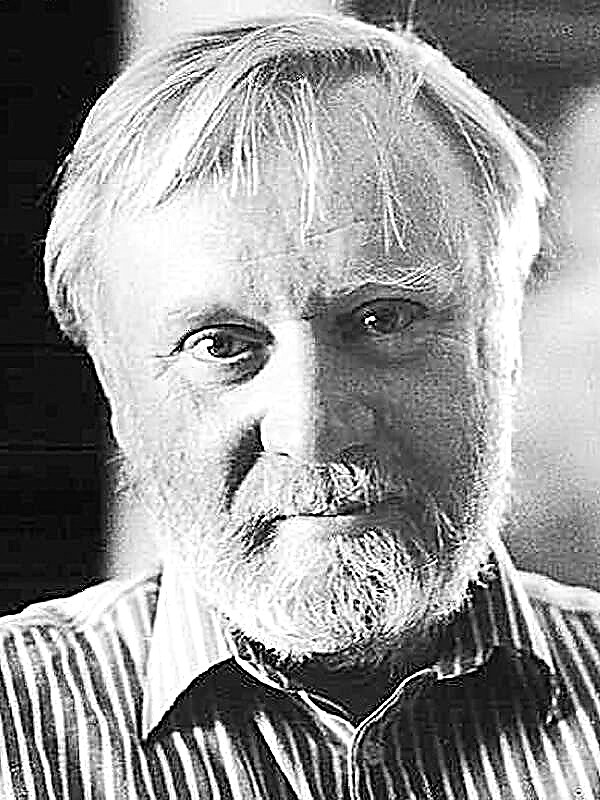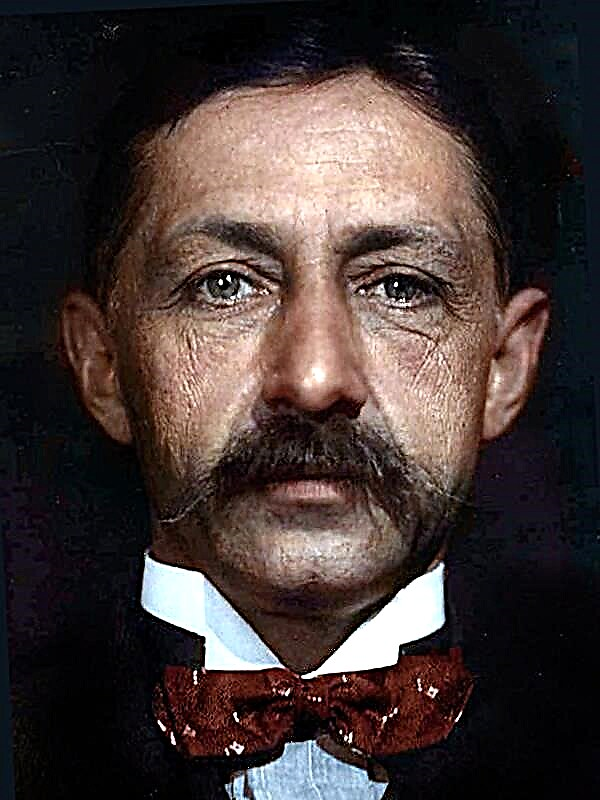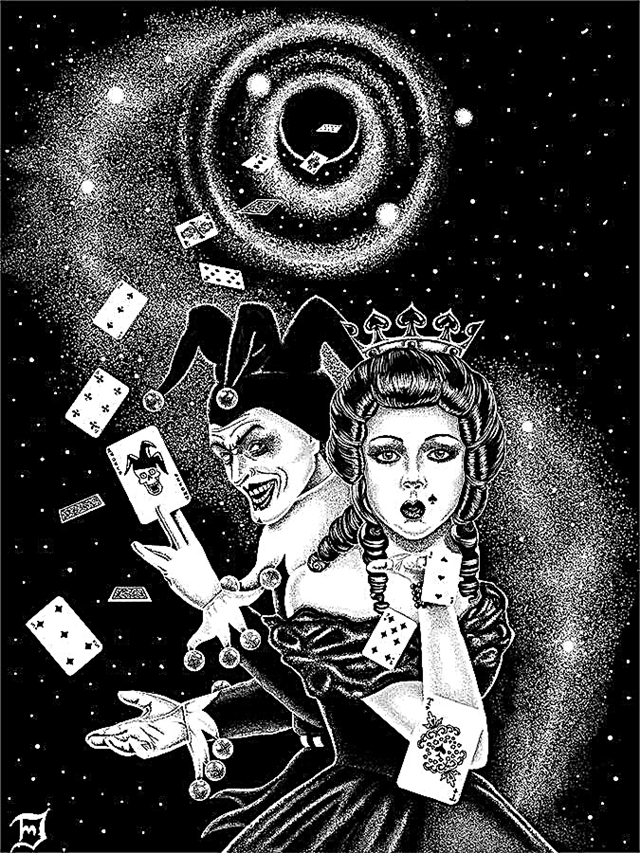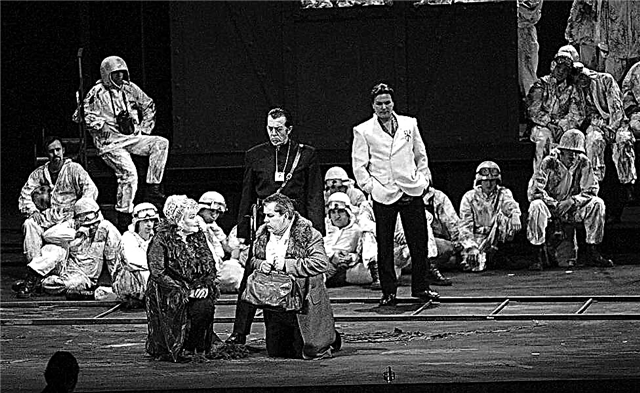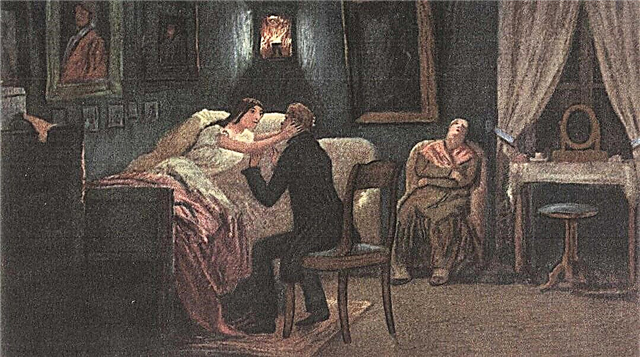Introduction
The book of Sapiens (“Intelligent Man”) by Yuval Harari, an Oxford graduate and professor of history at the University of Judea in Jerusalem, is a glimpse into the history of mankind from a cosmic height. Unlike boring history textbooks that traditionally list names, dates and events, Harari was able to see and analyze those common biological and psychological characteristics that inextricably link modern man with our ancient ancestors thanks to his “view from above”.
Starting with the appearance of an animal called “man” about 2 million years ago and ending with today, Harari talks about the three most important processes that have shaped our current being. Firstly, this is the development of consciousness, which began about 70 thousand years ago; then - the emergence of agriculture about 12 thousand years ago (Harari calls this process the agrarian revolution) and the scientific revolution, which began about 500 years ago and continues to this day. Watching the progress of humanity as a whole, Harari also shares with the reader a vision of history from the perspective of a single person and finds out how much modern man feels happier than his wild ancestor.Harari enthusiastically tells how the appearance of writing influenced the growth of cities and empires, how trust between fellow citizens led to geographical discoveries, and why justice should not be sought in history.
The author of Sapiens, possessing encyclopedic knowledge, philosophical thinking and the talent of a writer, was able to show that the people who inhabit our planet, despite racial, social and demographic characteristics, have a common history and face a common choice of ways to develop the future. Harari’s book, full of curious and unexpected facts, reasoning and conclusions, immediately became an event in the cultural life of Europe and America. It is written in an easy, witty and accessible language, and familiarity with it is necessary for anyone who considers himself an erudite.
About primitive ancestors
For 2.5 million years, humans fed themselves hunting and gathering. About 70 thousand years ago, organisms belonging to the genus homo sapiens began to form complex systems called culture. The development of culture is called "history." Between 2 million years ago and 10 thousand years ago, at least six different species of anthropoid individuals lived in East Africa, Europe, Indonesia, and Siberia, including Neanderthals, Australopithecus, and Homo erectus. As you know, of all the human-like only homo sapiens survived to this day - either by destroying Neanderthals, or by crossing with them.
The brain size of homo sapiens was much larger than the brain size of other mammals.Ancient people paid for the size of their brain by atrophying the muscles of the body and the need to spend more time searching for food. In addition, primitive people walked on two legs, while the spine, developing over millions of years, was adapted to walk on four limbs. Adaptation to a vertical gait and heavy head still causes people back pain and tension in the neck.
The human brain, accounting for 2–3% of body weight, consumes 25% of the body’s energy (while the monkey’s brain consumes only 8% of the body’s energy).
Women suffered doubly. A vertical gait led to a narrowing of the hips, while the head of newborns became larger. Those women who gave birth prematurely when the baby's head was still small survived more often and had more children. Therefore, unlike the cubs of other mammals, human children are born and remain helpless for many years and cannot survive without the care and protection of adults.
Continued - on Smart Reading
Sign up for Smart Reading and get access to this and another 500 retelling non-fiction books. All retelling is voiced, you can download and listen to the background. The first 7 days of access are free.



